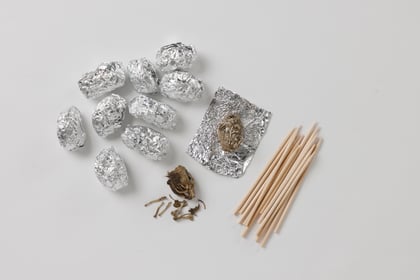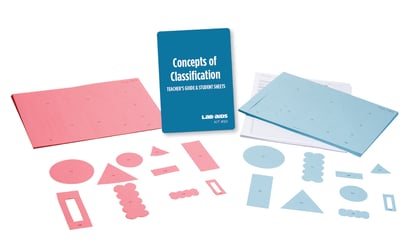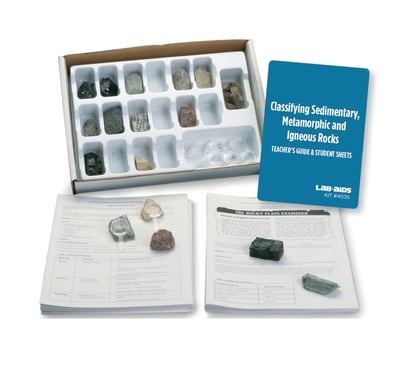Introduction to Dichotomous Classification Keys

This activity uses fictitious organisms, called “quozes” to introduce students to the observation of traits and the use of keys to differentiate and identify specimens. Students use two formats of dichotomous keys frequently encountered in the sciences and evaluate which key is easiest to read or follow. After using the keys to identify several different specimens, they are then asked to draw two other specimens using the key to “backward design” them.
Details at a Glance
- 1-2 Days | 1-2 ~50 minute class periods
- 1 Activity
- Accommodates unlimited classes, each with 16 groups of 2 students
- Meets our criteria for supporting literacy
- All materials are non-consumable
- Includes digital resources
Scientific Concepts
•Specimens, and groups of specimens, can be differentiated by their traits.
•Classification systems use similarities and differences in traits to both differentiate groups of specimens and illustrate relationships among the groups.
•Keys use traits to classify individual specimens.
KEY VOCABULARY:
classification system, dichotomous key, key, trait
Guides & Student Sheets
Our kits and modules provide you with everything you need so you can open, review, and teach the material confidently the next day.
- Comprehensive Teacher Guide with background information, detailed instruction, example data and answers
- Student Sheets with age appropriate background information, full procedure(s), and analysis items
- Materials necessary for the investigation (beyond common classroom items)
- Safety Data Sheets
Kit Components
- 1 Teacher’s Guide
- 36 Student Worksheets and Guides
- 16 Dichotomous classification key
- 5 Sets containing 1-8 “specimen” cards




